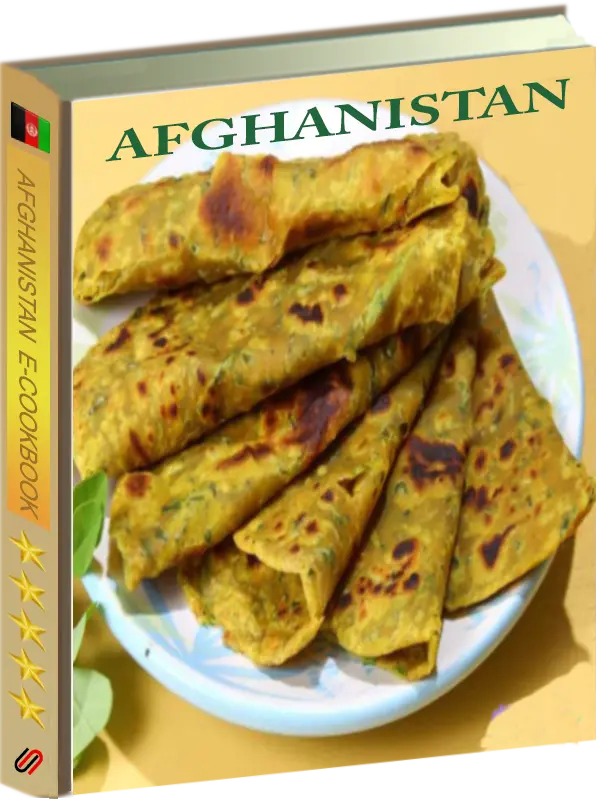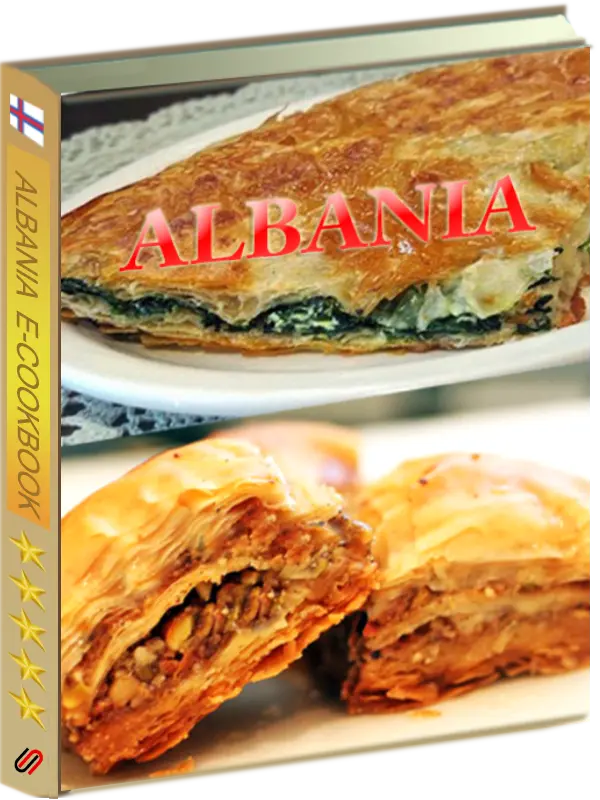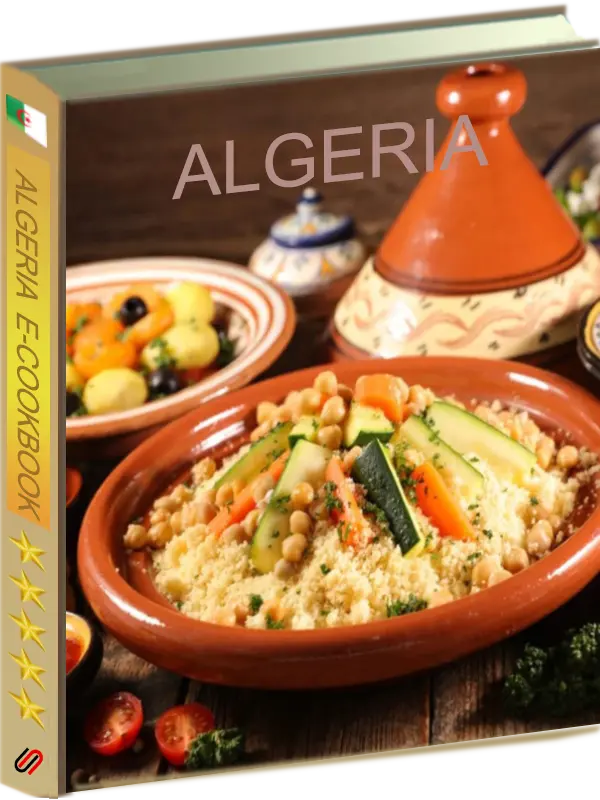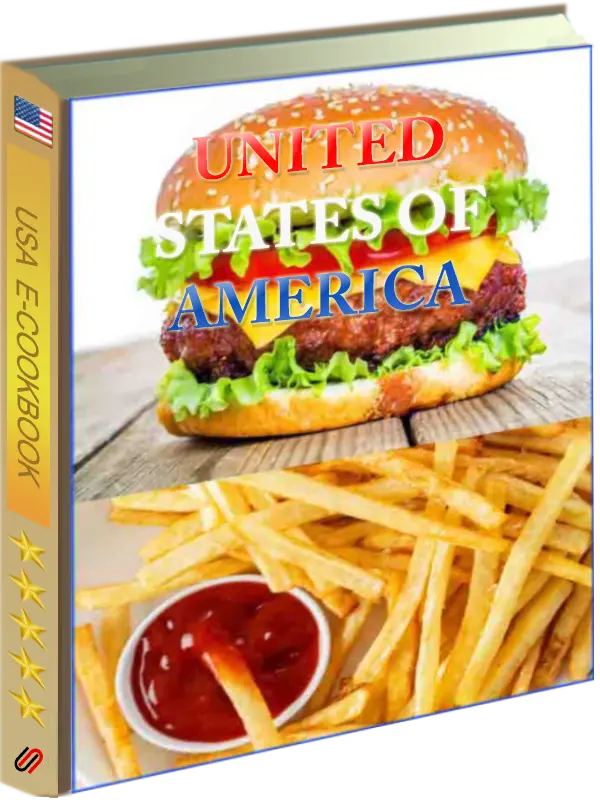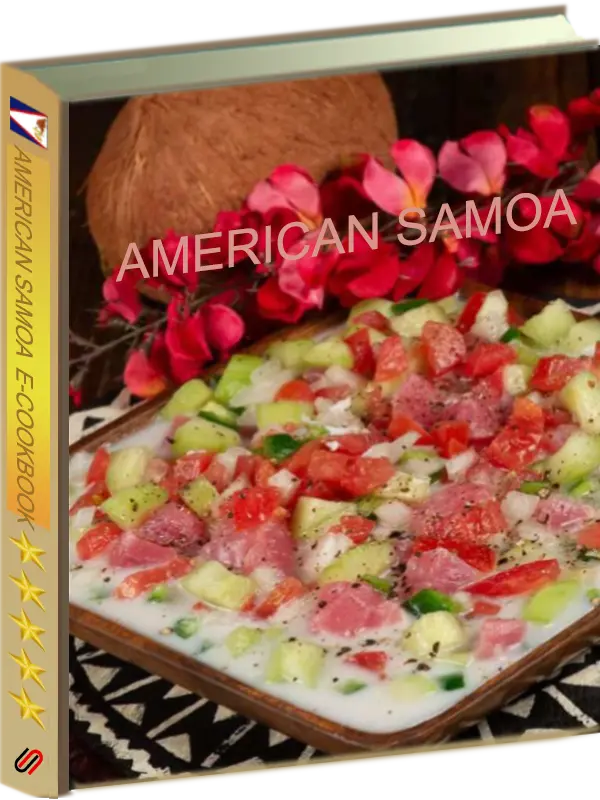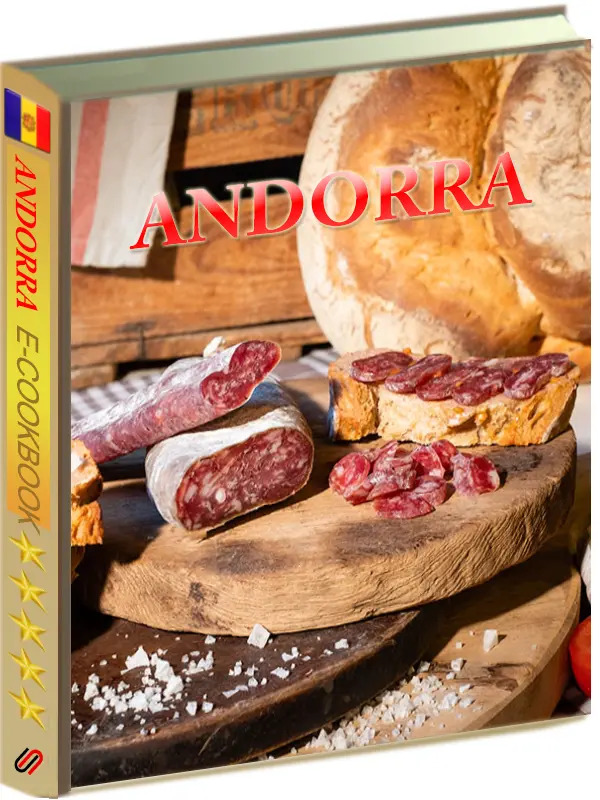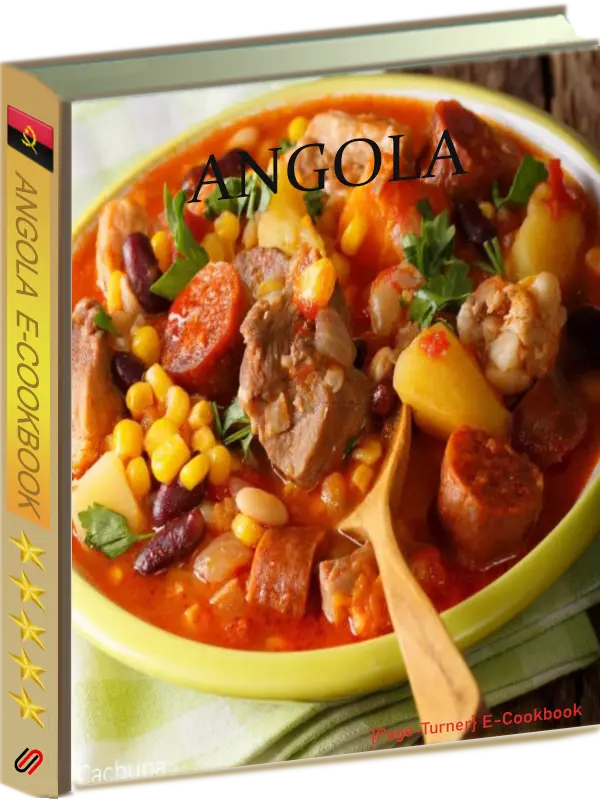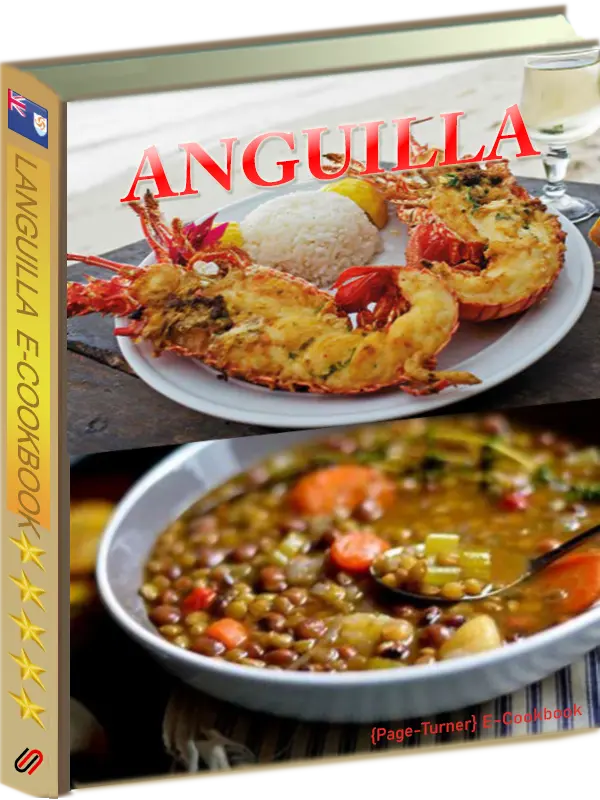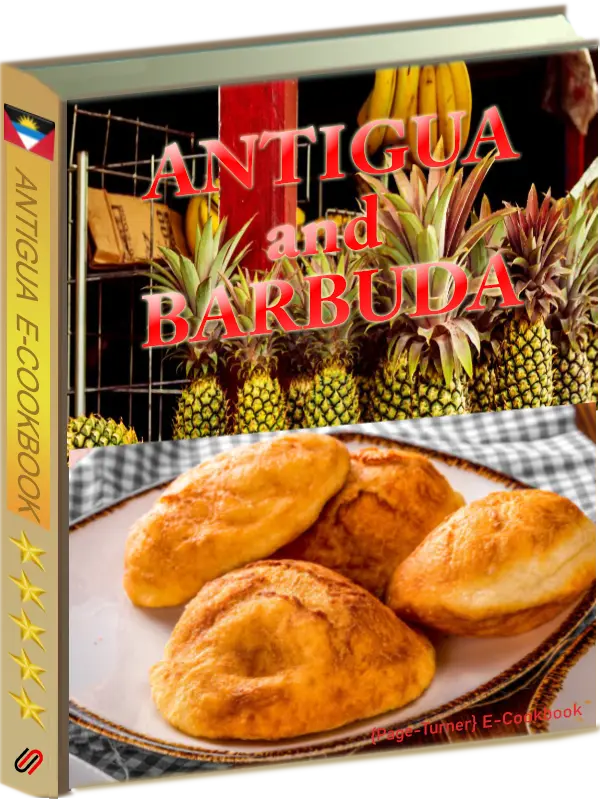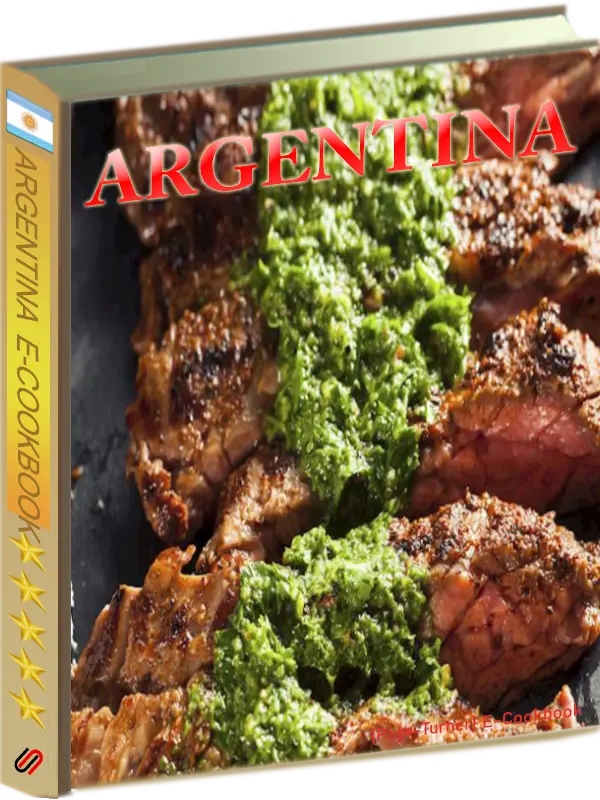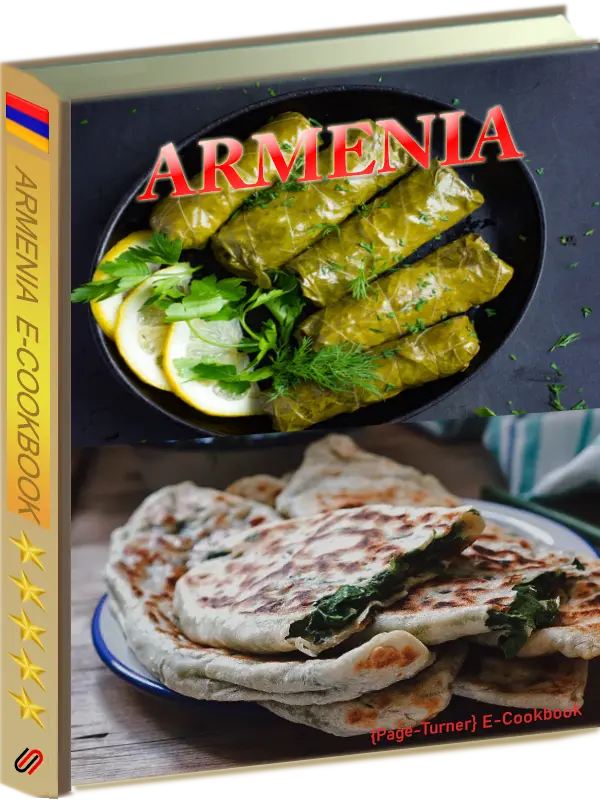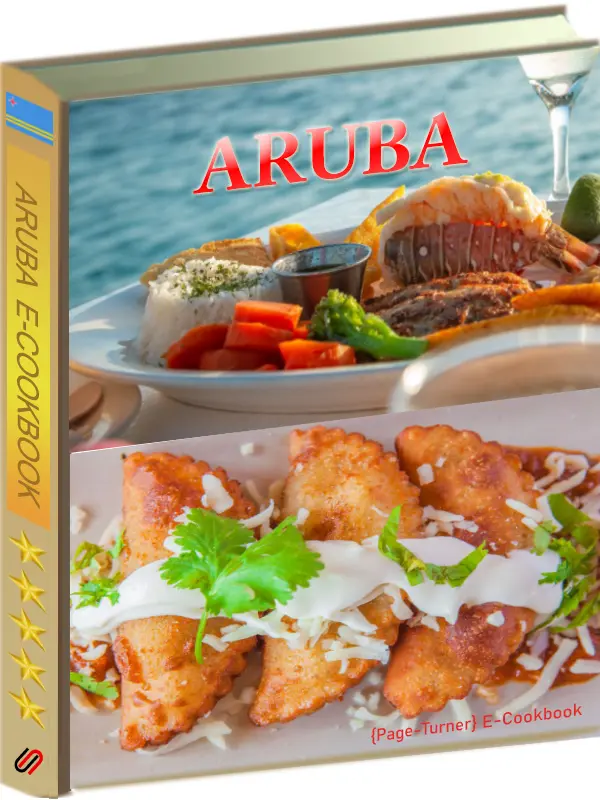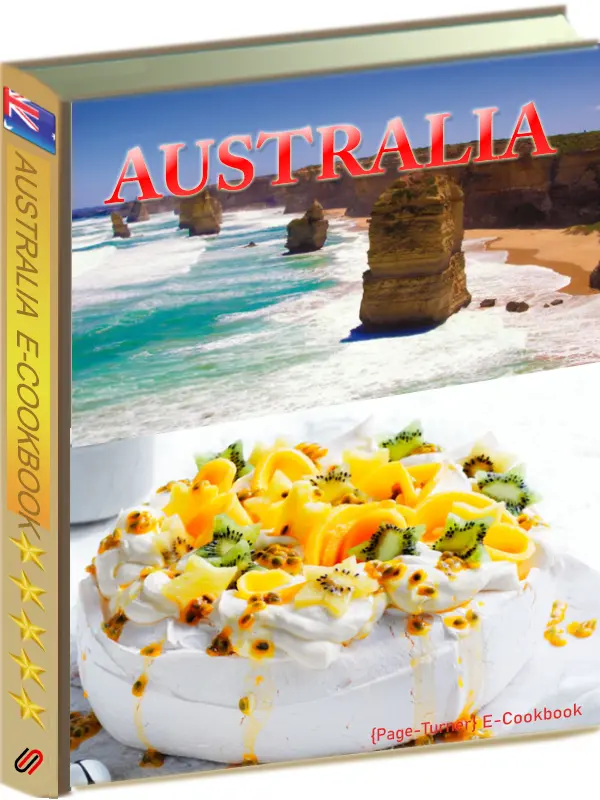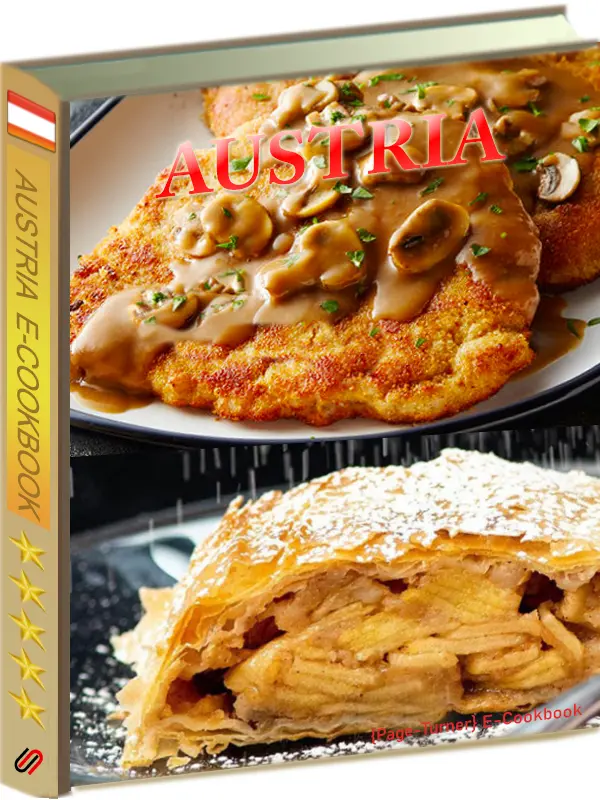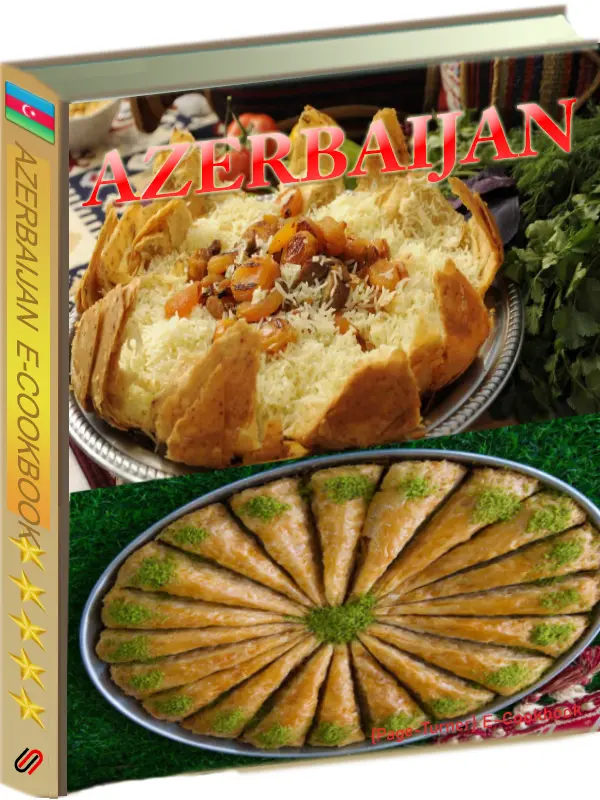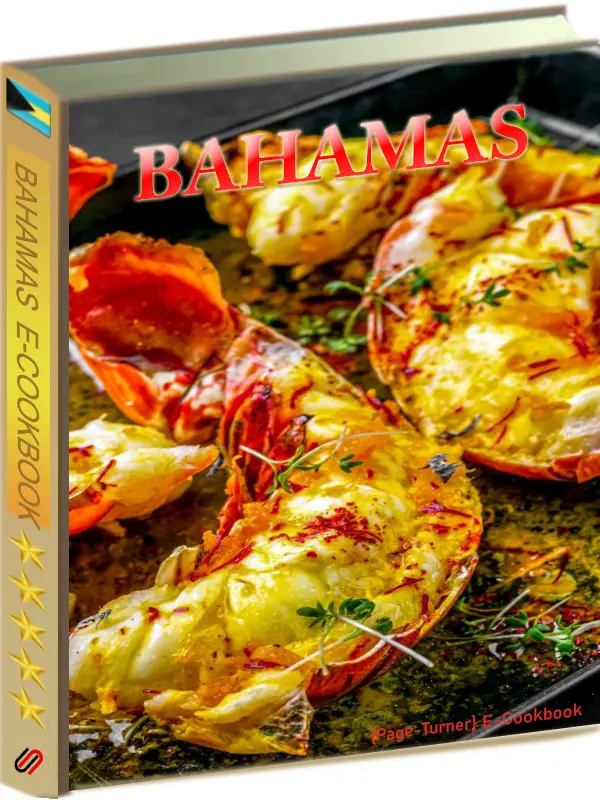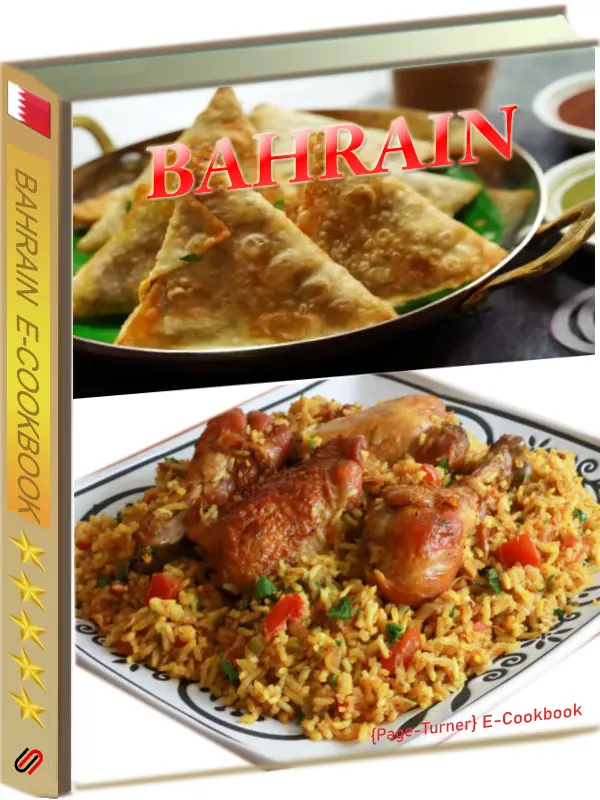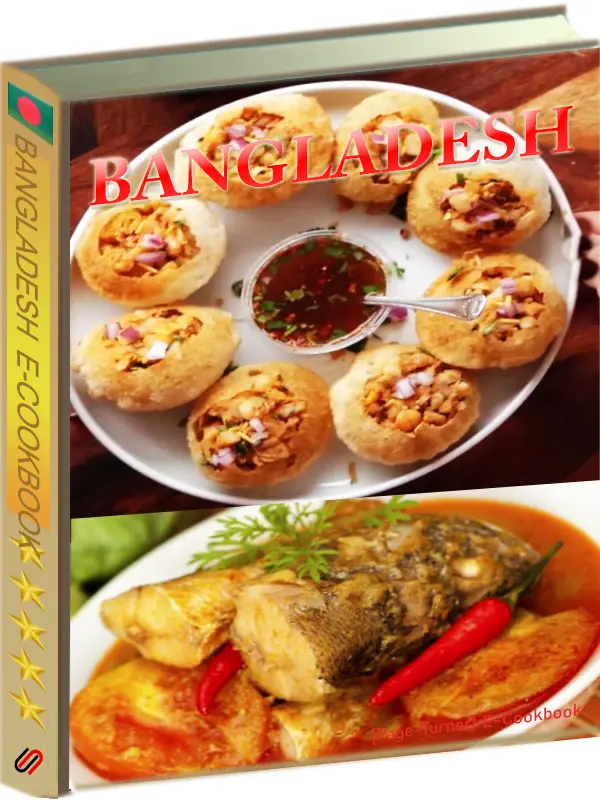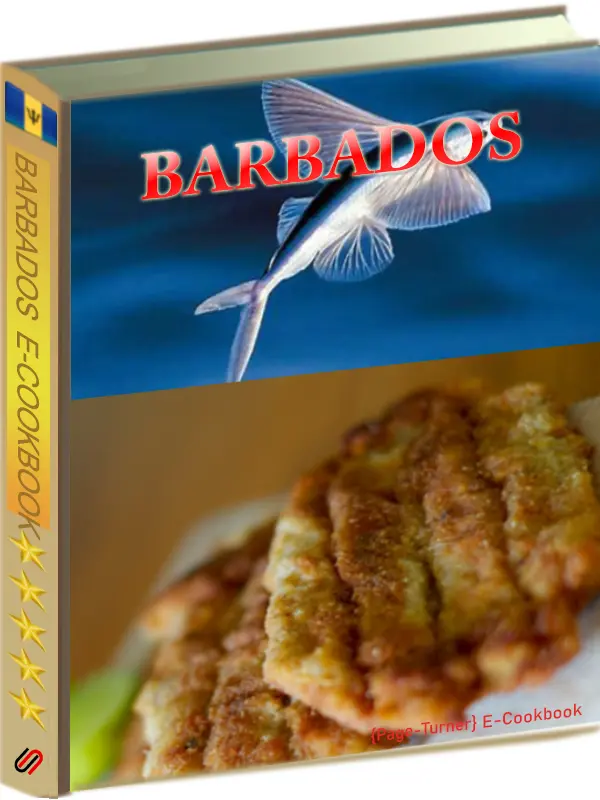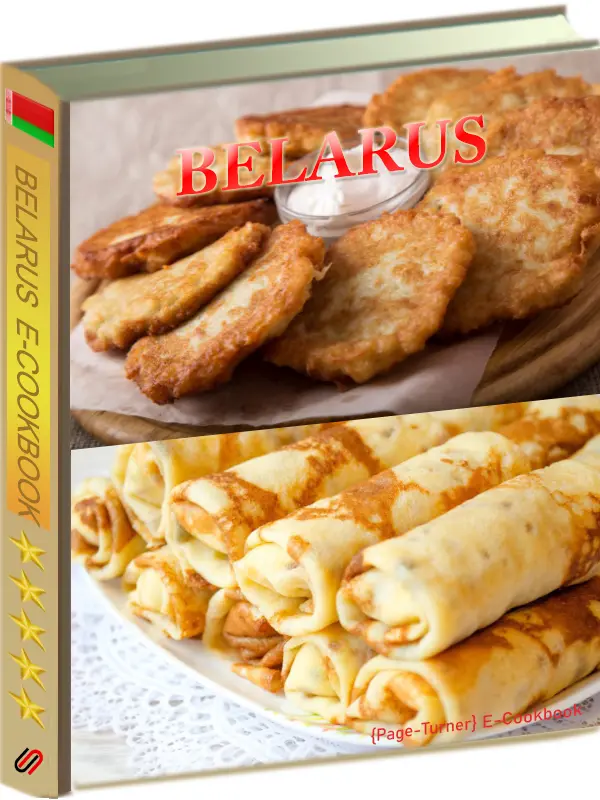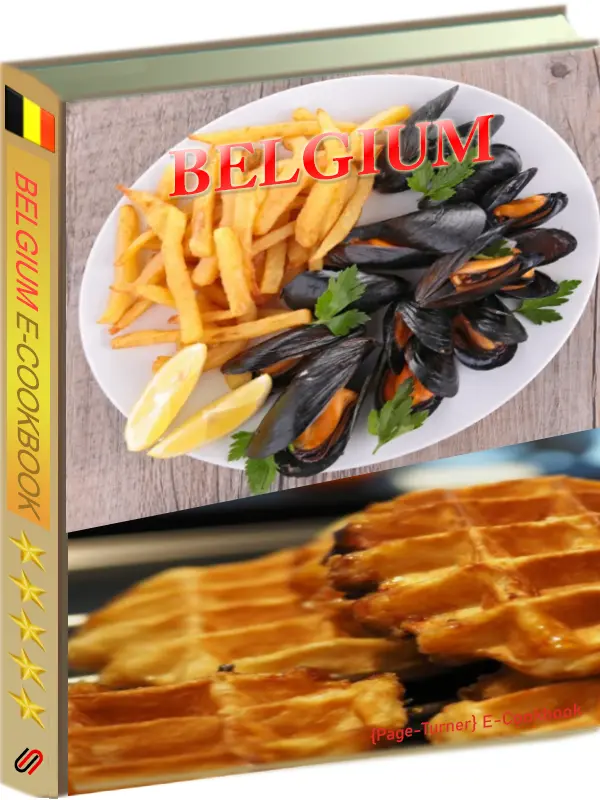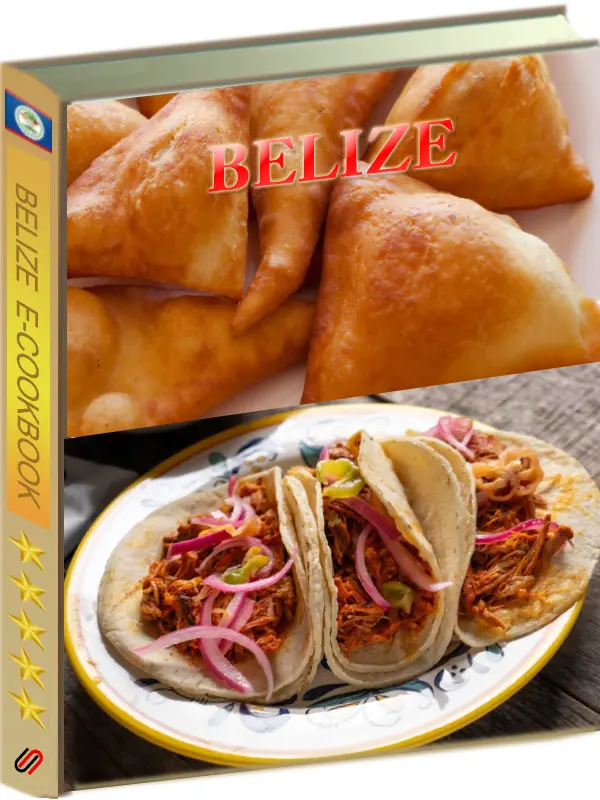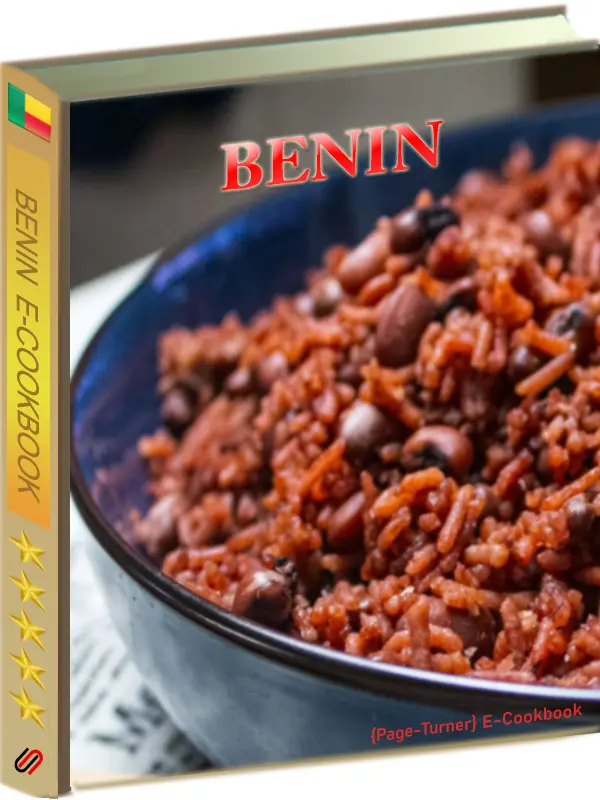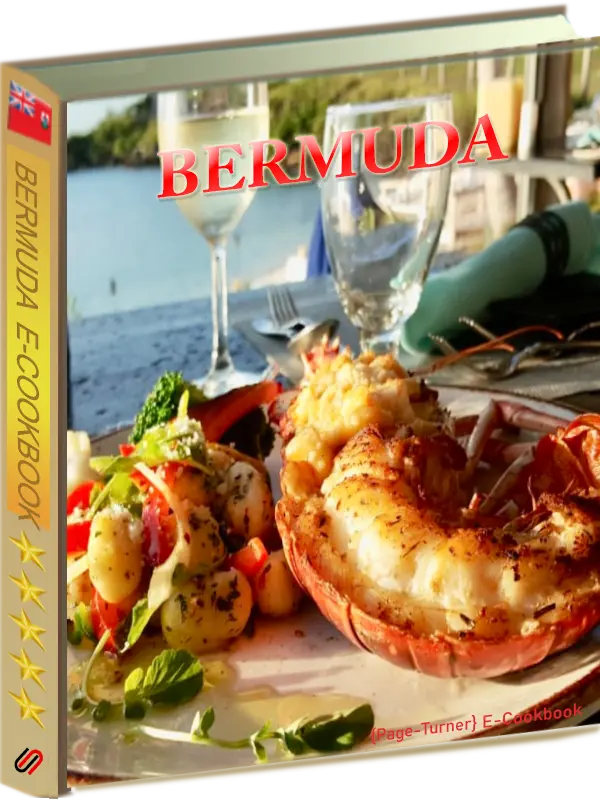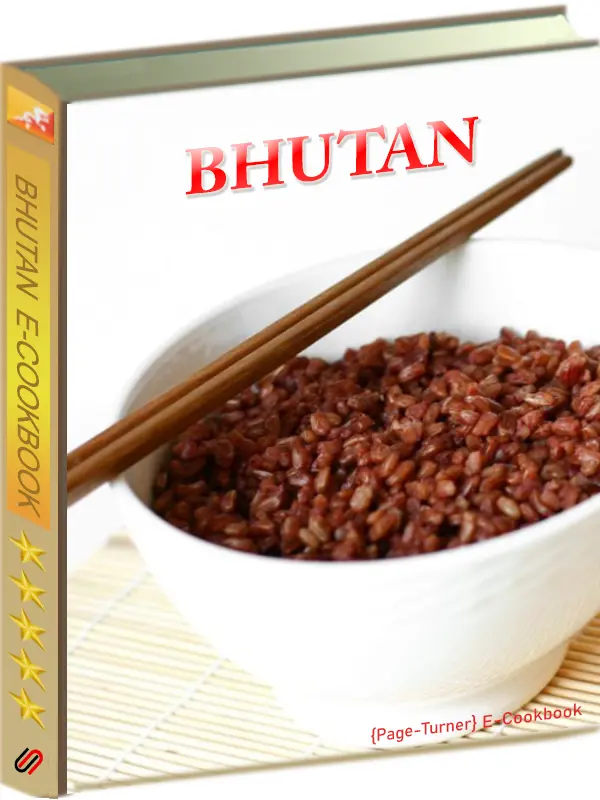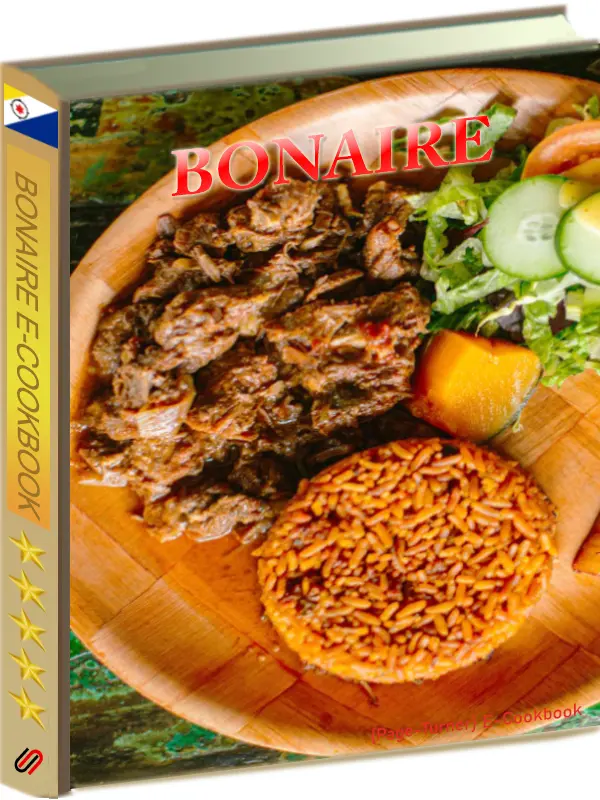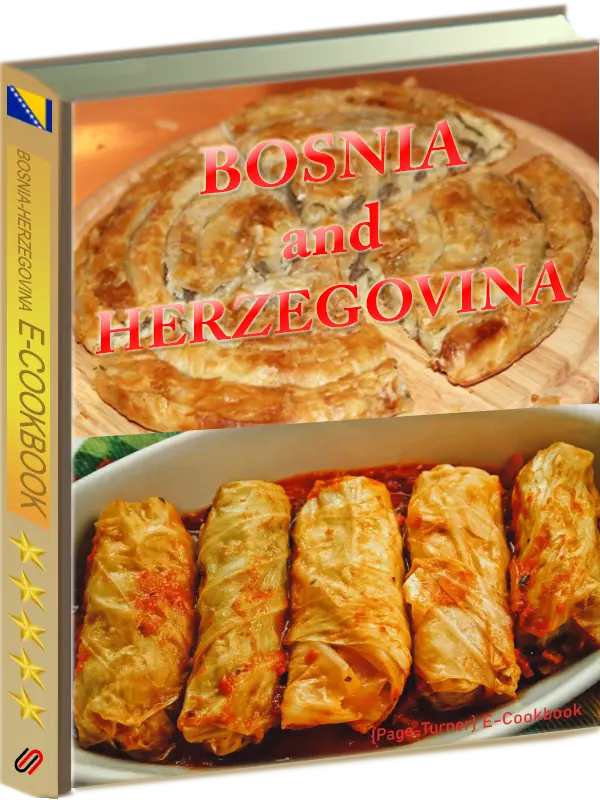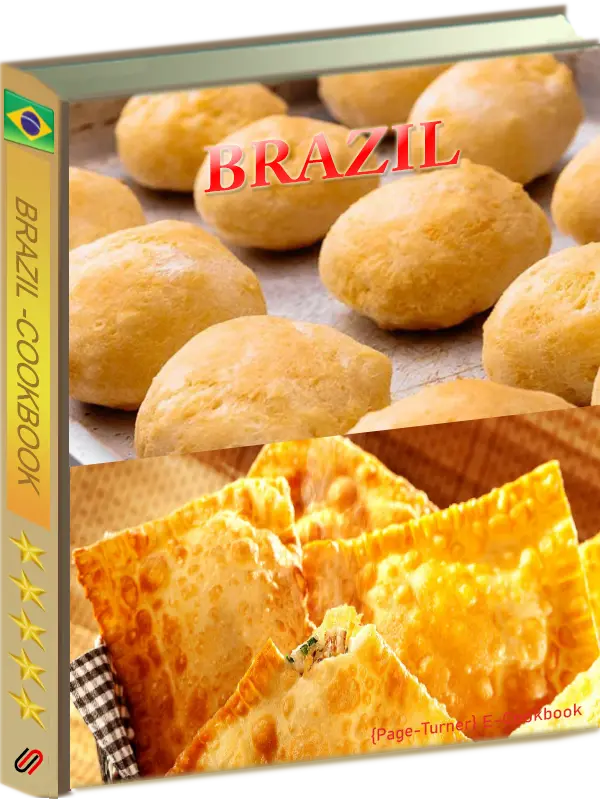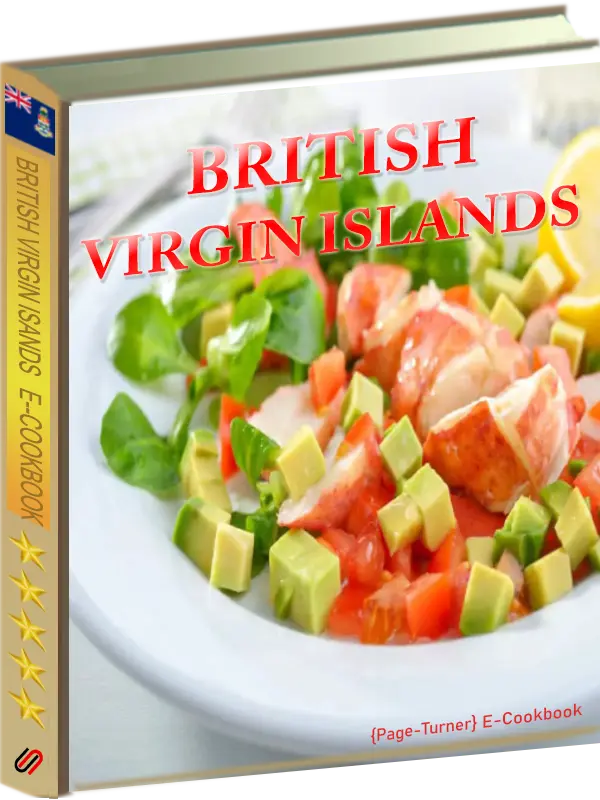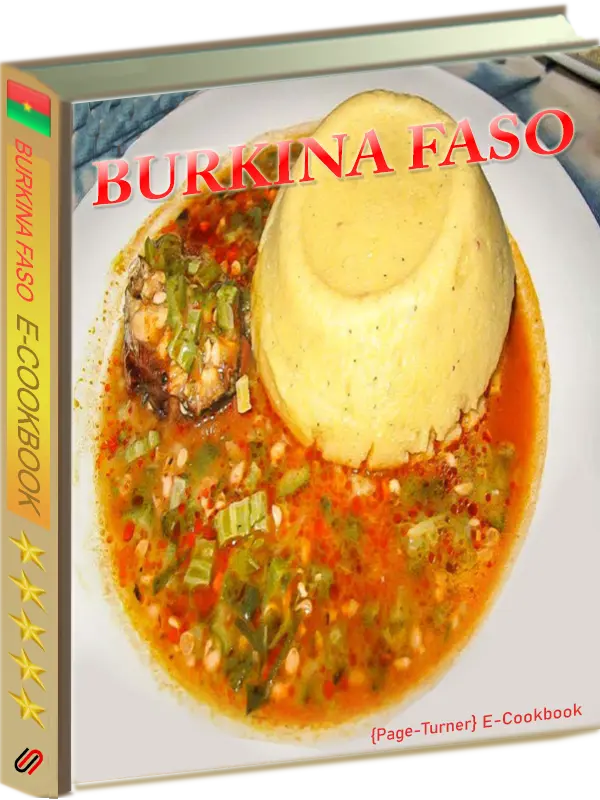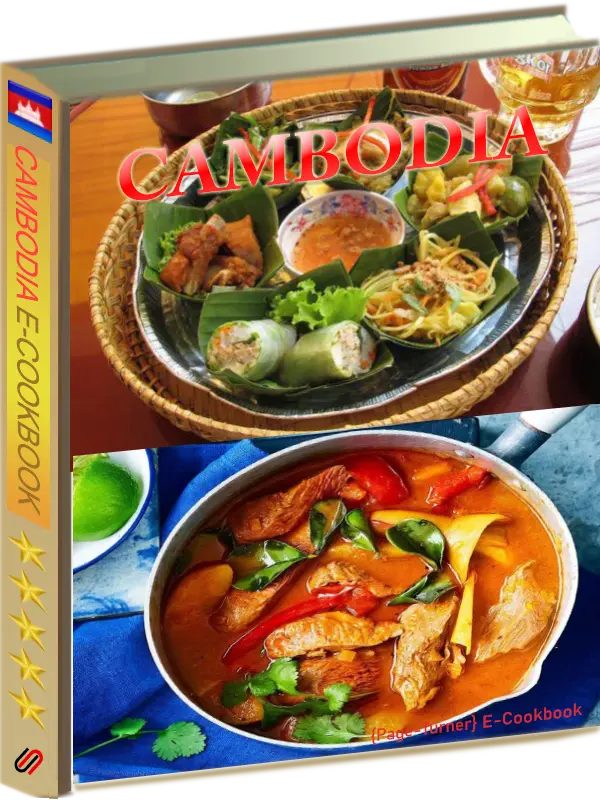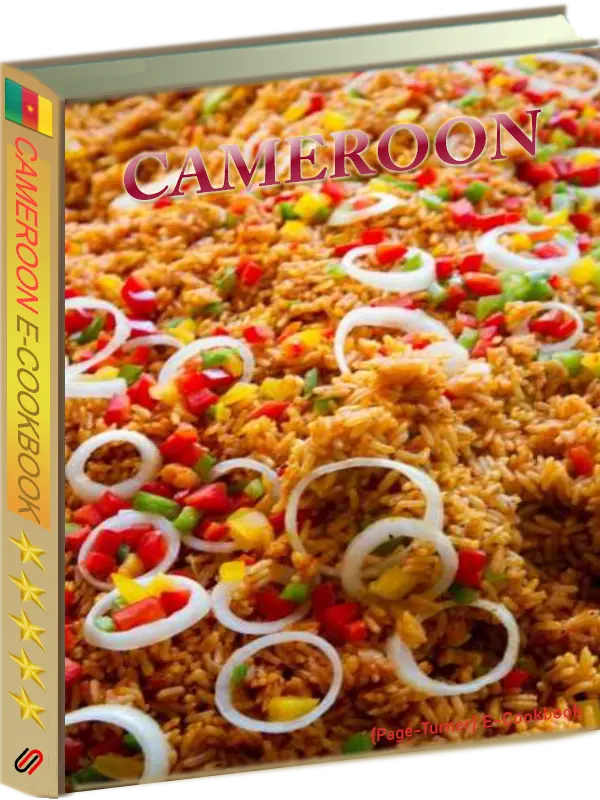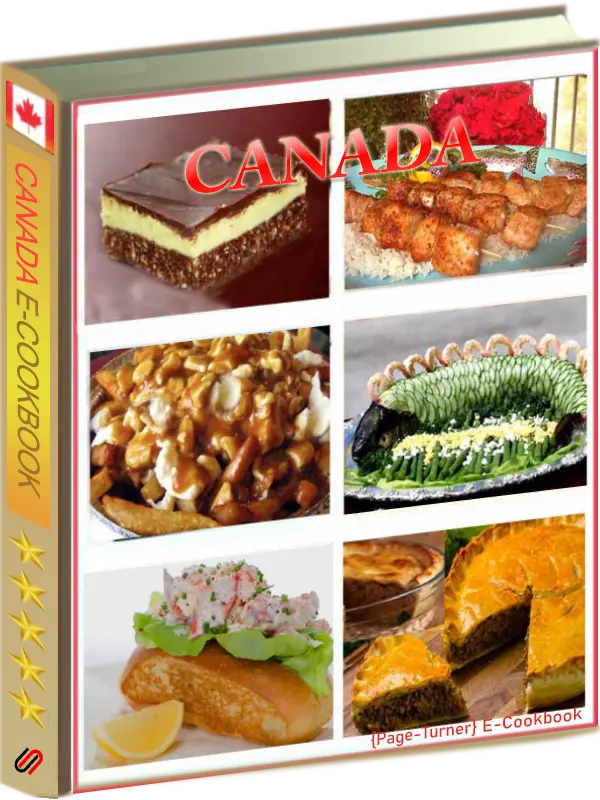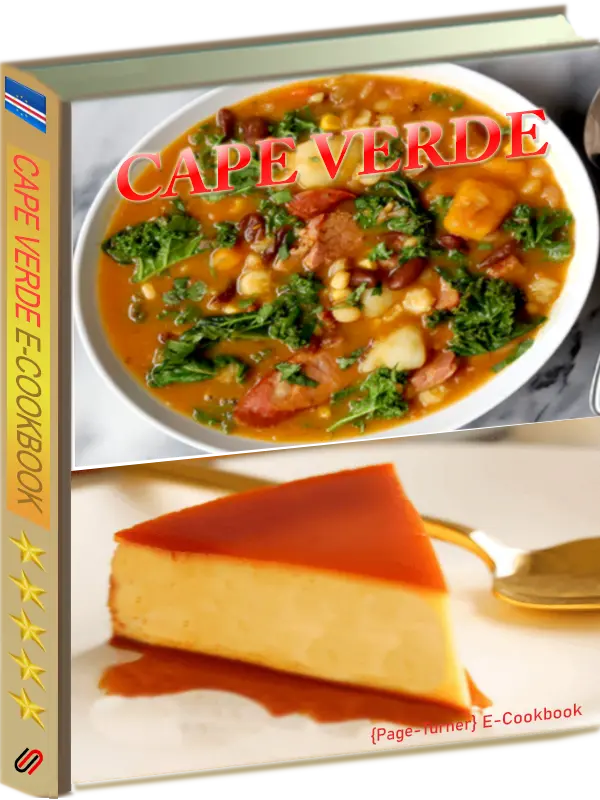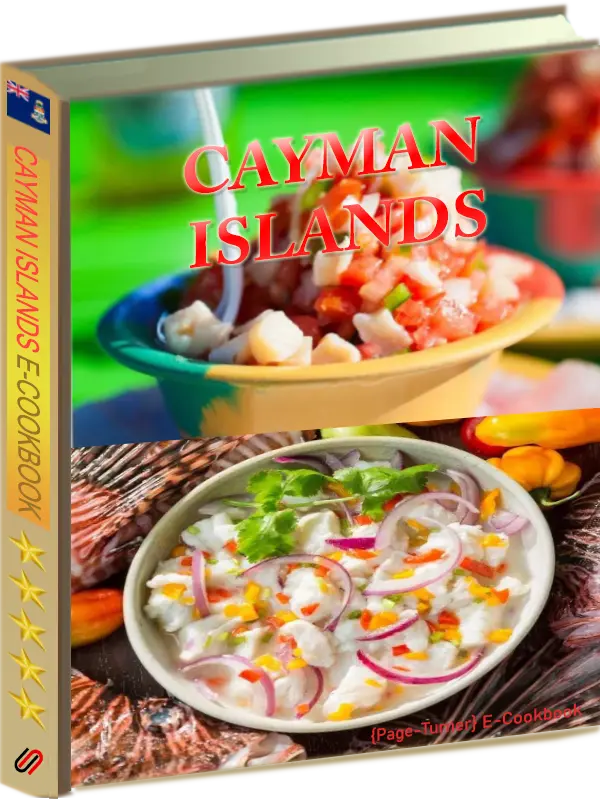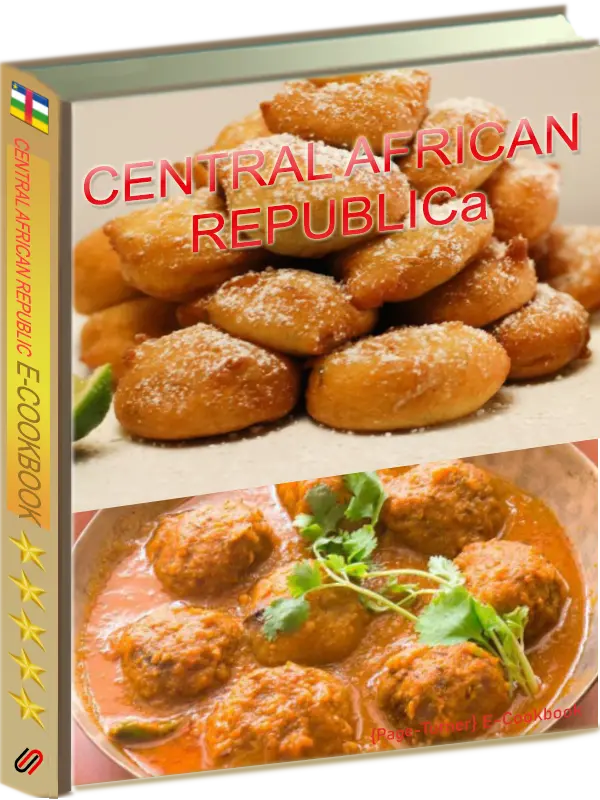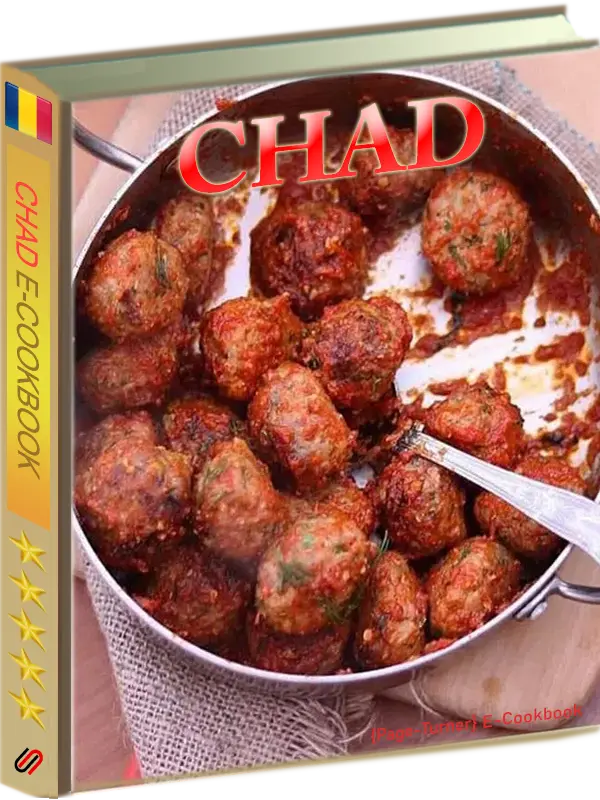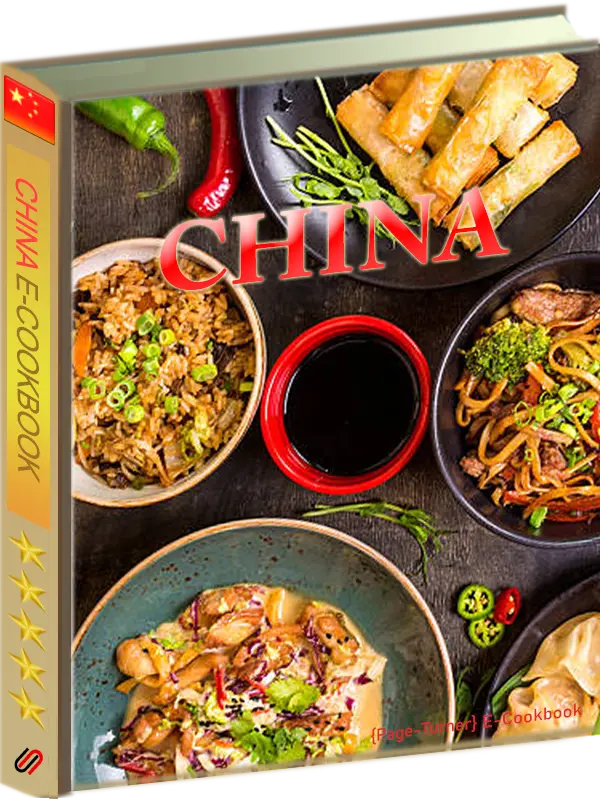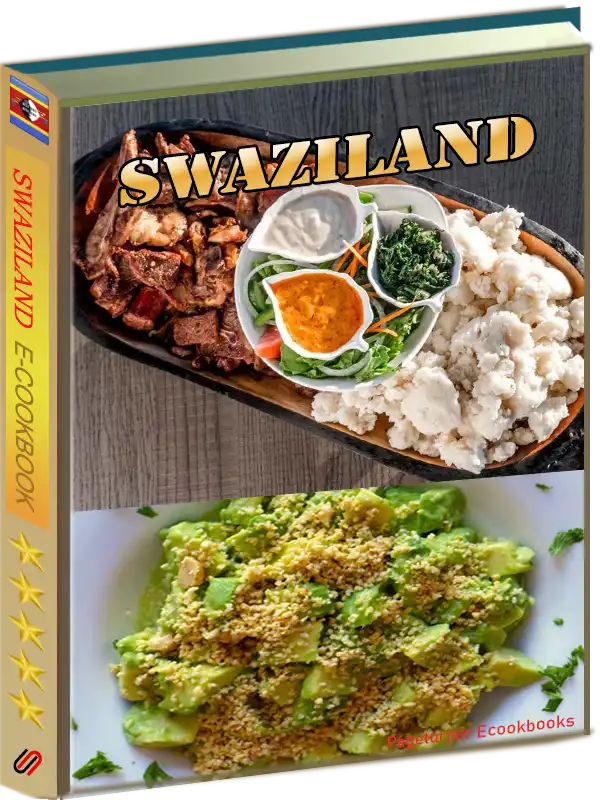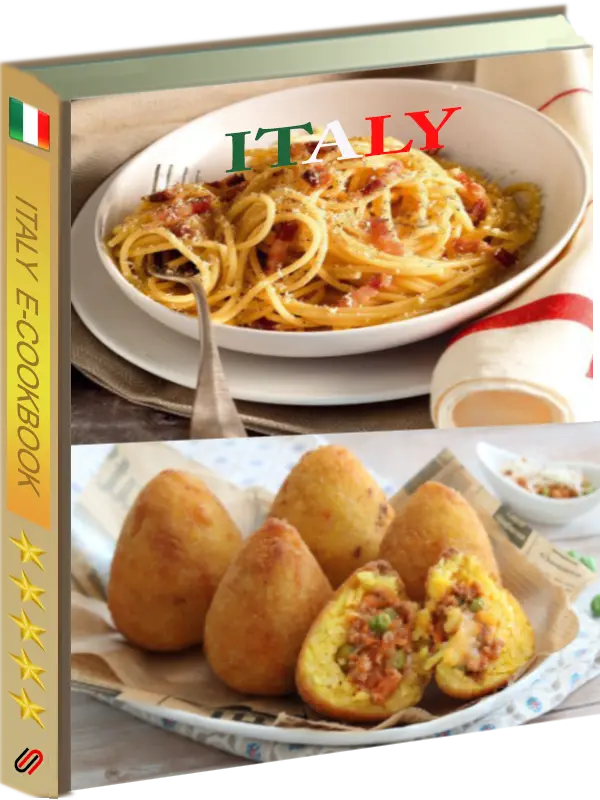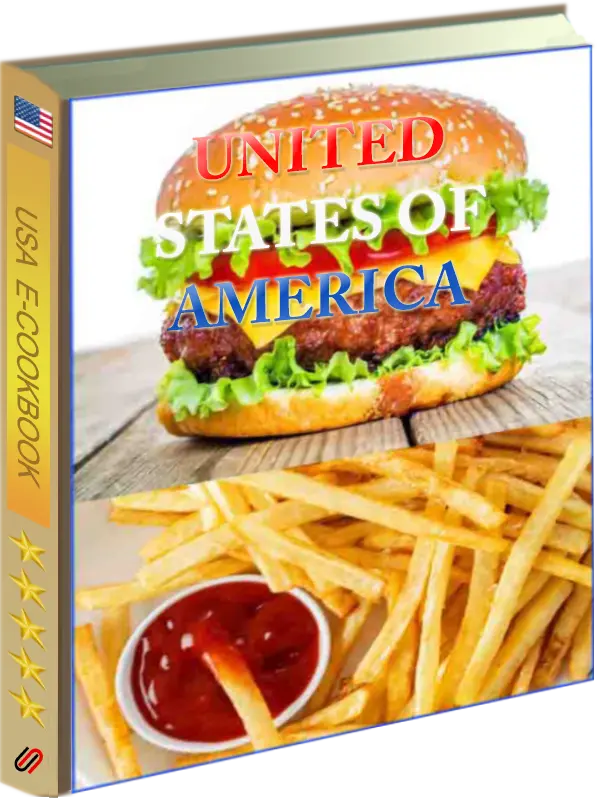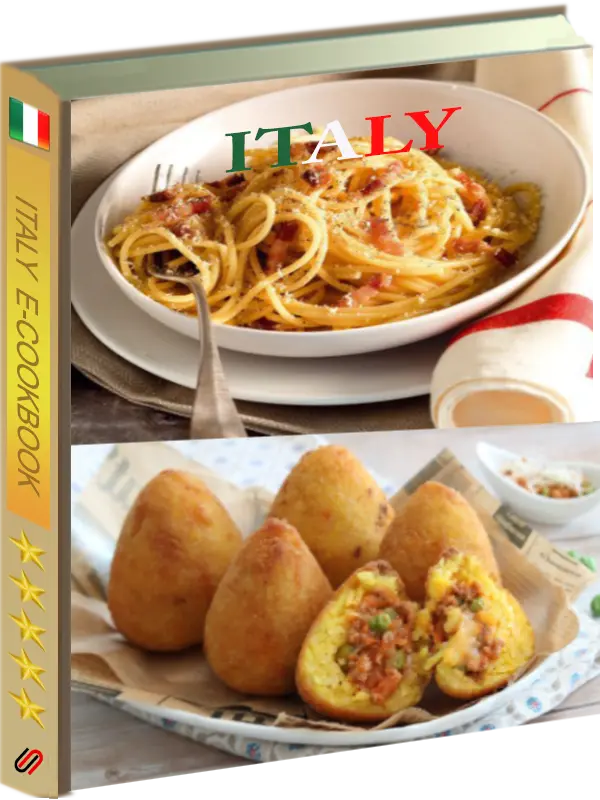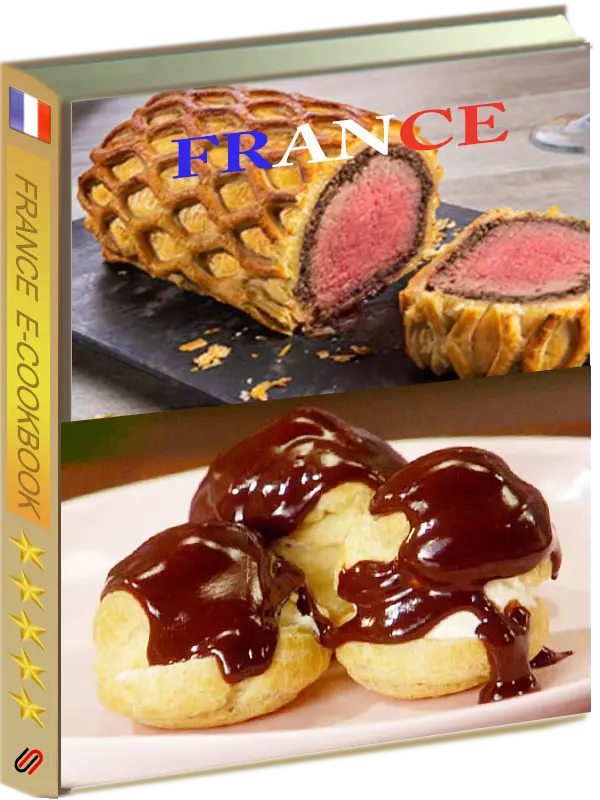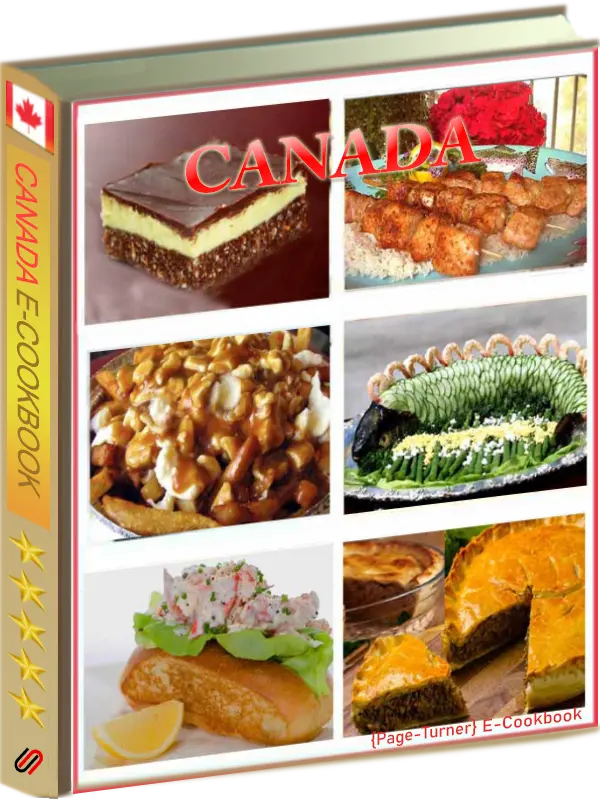A Culinary Journey Across the Globe with
243 recipes
Afghanistan Albania Algeria American American-Samoa Andorra Angola Anguilla Antigua-and-Barbuda Argentina Armenia Aruba Australia Austria Azerbaijan Bahamas Bahrain Bangladesh Barbados Belarus Belgium Belize Benin Bermuda Bhutan Bolivia Bonaire Bosnia-and-herzegovina Botswana Brazil British-Virgin-Islands Brunei Bulgaria Burkina-Faso Burundi Cambodia Cameroon Canada Cape-Verde Cayman-Islands Central-African-Republic Chad Chile China Christmas-Island Colombia Comoros Congo Cook-islands Costa-Rica Croatia Cuba Curacao Cyprus Czechia Democratic-Republic-of-the-Congo Denmark Djibouti Dominica Dominican-republic East-Timor Ecuador Egypt El-Salvador Equatorial-Guinea Eritrea Estonia Eswatini Ethiopia Falkland-Islands Faroe-Islands Fiji Finland France French-Guiana French-Polynesia Gabon Gambia Georgia Germany Ghana Gibraltar Greece Greenland Grenada Guadeloupe Guam Guatemala Guernsey Guinea Guinea-Bissau Guyana Haiti Holland Holy-see Honduras Hong-kong Hungary Iceland India Indonesia Iran Iraq Ireland Isle-of-Man Israel Italy Ivory-Coast Jamaica Japan Jersey Jordan Kazakhstan Kenya Kiribati Kosovo Kuwait Kyrgyzstan Laos Latvia Lebanon Lesotho Liberia Libya Liechtenstein Lithuania Luxembourg Macau Madagascar Malawi Malaysia Maldives Mali Malta Marshall-Islands Martinique Mauritania Mauritius Mayotte Mediterranean Mexico Micronesia Moldova Monaco Mongolia Montenegro Montserrat Morocco Mozambique Myanmar Namibia Nauru Nepal Netherlands New-Caledonia New-zealand Nicaragua Niger Nigeria Niue North-korea North-macedonia Northern-Mariana-Islands Norway Oman Pakistan Palau Palestine Panama Papua-New-Guinea Paraguay Peru Philippines Pitcairn-Islands Poland Portugal Puerto-rico Qatar Reunion Romania Russia Rwanda Saint-Barthelemy Saint-Helena Saint-Kitts-and-Nevis Saint-Lucia Saint-Martin Saint-Pierre-and-Miquelon Saint-Vincent-and-the-Grenadines Samoa San-Marino Sao-Tome-and-Principe Saudi-Arabia Senegal Serbia Seychelles Sierra-Leone Singapore Sint-maarten Slovakia Slovenia Solomon-Islands Somalia South-Africa South-Korea South-Sudan Spain Sri-Lanka Sudan Suriname Svalbard-and-Jan-Mayen Sweden Switzerland Syria Taiwan Tajikistan Tanzania Thailand Togo Tonga Trinidad-and-Tobago Tunisia Turkey Turkmenistan Turks-and-Caicos-Islands Tuvalu Uganda Ukraine united-arab-emirates United-kingdom United-states Uruguay USA Uzbekistan Vanuatu Venezuela Vietnam Virgin-Islands Wallis-and-Futuna Western-Sahara Yemen Zambia Zimbabwe Last Page
Afghanistan Albania Algeria American American-Samoa Andorra Angola Anguilla Antigua-and-Barbuda Argentina Armenia Aruba Australia Austria Azerbaijan Bahamas Bahrain Bangladesh Barbados Belarus Belgium Belize Benin Bermuda Bhutan Bolivia Bonaire Bosnia-and-herzegovina Botswana Brazil British-Virgin-Islands Brunei Bulgaria Burkina-Faso Burundi Cambodia Cameroon Canada Cape-Verde Cayman-Islands Central-African-Republic Chad Chile China Christmas-Island Colombia Comoros Congo Cook-islands Costa-Rica Croatia Cuba Curacao Cyprus Czechia Democratic-Republic-of-the-Congo Denmark Djibouti Dominica Dominican-republic East-Timor Ecuador Egypt El-Salvador Equatorial-Guinea Eritrea Estonia Eswatini Ethiopia Falkland-Islands Faroe-Islands Fiji Finland France French-Guiana French-Polynesia Gabon Gambia Georgia Germany Ghana Gibraltar Greece Greenland Grenada Guadeloupe Guam Guatemala Guernsey Guinea Guinea-Bissau Guyana Haiti Holland Holy-see Honduras Hong-kong Hungary Iceland India Indonesia Iran Iraq Ireland Isle-of-Man Israel Italy Ivory-Coast Jamaica Japan Jersey Jordan Kazakhstan Kenya Kiribati Kosovo Kuwait Kyrgyzstan Laos Latvia Lebanon Lesotho Liberia Libya Liechtenstein Lithuania Luxembourg Macau Madagascar Malawi Malaysia Maldives Mali Malta Marshall-Islands Martinique Mauritania Mauritius Mayotte Mediterranean Mexico Micronesia Moldova Monaco Mongolia Montenegro Montserrat Morocco Mozambique Myanmar Namibia Nauru Nepal Netherlands New-Caledonia New-zealand Nicaragua Niger Nigeria Niue North-korea North-macedonia Northern-Mariana-Islands Norway Oman Pakistan Palau Palestine Panama Papua-New-Guinea Paraguay Peru Philippines Pitcairn-Islands Poland Portugal Puerto-rico Qatar Reunion Romania Russia Rwanda Saint-Barthelemy Saint-Helena Saint-Kitts-and-Nevis Saint-Lucia Saint-Martin Saint-Pierre-and-Miquelon Saint-Vincent-and-the-Grenadines Samoa San-Marino Sao-Tome-and-Principe Saudi-Arabia Senegal Serbia Seychelles Sierra-Leone Singapore Sint-maarten Slovakia Slovenia Solomon-Islands Somalia South-Africa South-Korea South-Sudan Spain Sri-Lanka Sudan Suriname Svalbard-and-Jan-Mayen Sweden Switzerland Syria Taiwan Tajikistan Tanzania Thailand Togo Tonga Trinidad-and-Tobago Tunisia Turkey Turkmenistan Turks-and-Caicos-Islands Tuvalu Uganda Ukraine united-arab-emirates United-kingdom United-states Uruguay USA Uzbekistan Vanuatu Venezuela Vietnam Virgin-Islands Wallis-and-Futuna Western-Sahara Yemen Zambia Zimbabwe Last Page
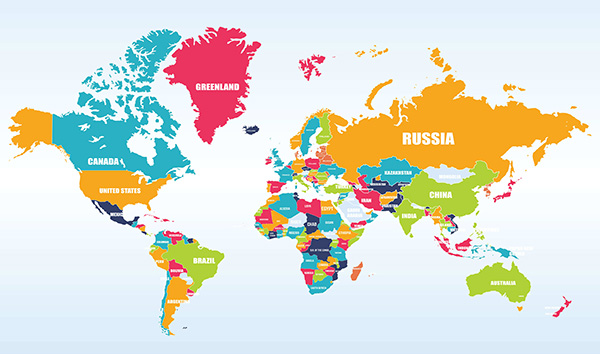
“There is no love sincerer than the love of food,” George Bernard Shaw said.
Judging by the number of amazing dishes out there, he was right.
But which are the tastiest? Which are the best foods?
We've found the world's tastiest dishes: how many have you tried?
The fusion of recipes demonstrates how traditional and modern flavors can harmonize, creating a dish that pays homage to its rich history while appealing to contemporary tastes. Best bites around the globe We may not be able to travel to every country on Earth, but a great way to get a taste of a culture is to sample its signature dishes. Try cooking up a storm in your own kitchen and let your taste buds set sail on a culinary journey across the globe. The Culinary Diversity as described by antoniosjournal.com Culinary diversity encompasses the vast array of cooking traditions, ingredients, and techniques that different cultures have developed over centuries. This rich tapestry of culinary practices is deeply influenced by various factors, including geography, climate, historical events, and social customs. Each region presents unique flavors and aromas, shaped by the local produce and cooking methodologies, signifying not just sustenance, but identity and heritage. To explore culinary diversity is to embark on a journey that reveals the intricacies of human experience through the medium of food. As individuals traverse the globe, they encounter distinct culinary practices that narrate the stories of the people who created them. For instance, Mediterranean cuisine emphasizes fresh vegetables, herbs, and healthy fats, reflecting the region’s abundant harvests and its commitment to healthful eating. Conversely, Asian culinary traditions often prioritize balance and harmony, whether through stir-frying, steaming, or fermentation, showcasing ingredients sourced from a variety of landscapes. Such nuances provide insight into how environmental factors dictate dietary practices and drive the innovation of flavors. Moreover, historical events such as trade, colonization, and migration have also played a significant role in shaping culinary diversity. The Silk Road and the Age of Exploration introduced new spices and ingredients to different parts of the world, leading to the evolution of existing dishes and the birth of new ones. Each culture brings its own culinary influences, resulting in a fusion of flavors and ingredients that enrich the global food landscape. In appreciation of culinary diversity, it becomes vital to engage with the traditions and aspirations behind each dish, recognizing that food is more than mere nourishment—it is a reflection of diverse cultures, histories, and social practices. Thus, delving into the myriad flavors that the world has to offer can deepen one’s understanding of the vibrant human condition. The Influence of Geography on Cuisine Geography significantly impacts the culinary landscapes of different regions, shaping local food culture through a multitude of factors. One primary influence is climate, which determines the types of crops that can thrive in a specific area. For instance, Mediterranean regions benefit from a warm climate that allows for the cultivation of olives, grapes, and a variety of fruits and vegetables, leading to the development of rich olive oil-based cuisines. In contrast, colder climates, such as those found in parts of Scandinavia, produce hardier crops like root vegetables and grains, which are often showcased in traditional dishes. In addition to climate, available natural resources play a vital role in culinary practices. Coastal regions, for example, have access to a wealth of seafood resources that shape their culinary identity. The Japanese cuisine heavily features fish and marine ingredients, reflecting the islands’ geography and their fishing traditions. Similarly, regions rich in freshwater, such as the Great Lakes in the United States, incorporate freshwater fish into their diets, highlighting a direct link between geography and cuisine. The geographical landscape also dictates cooking styles. Terrain can influence food preservation techniques; for example, mountainous regions often utilize smoking or drying methods to enhance the shelf life of food items. Traditional foods from these areas may reflect such practices, showcasing flavors that are suited to the resources available in that region. Across continents, these geographical influences result in unique regional specialties, each telling a story of its environment and culture. As we explore global flavors, it’s evident that geography plays an essential role in cultivating diverse culinary heritages. Understanding this connection aids in appreciating the intricacies of worldwide cuisine. Historical Influences: Colonization and Trade The evolution of global cuisine is closely linked to historical events, particularly colonization and trade, which have significantly shaped the culinary landscapes of various regions. From ancient trade routes such as the Silk Road to the mercantile expansions during the Age of Exploration, the movement of people and goods facilitated a remarkable exchange of ingredients, techniques, and culinary practices. These interactions led to the creation of fusion cuisines that reflect the diverse backgrounds they originate from. Colonization played a pivotal role in altering food systems and practices across continents. European powers, such as Britain, Spain, and France, established colonies in Africa, Asia, and the Americas, introducing their own foodstuffs while simultaneously adopting local ingredients. This melding of culinary traditions often resulted in unique dishes that blurred the lines between different cultural identities. For instance, the introduction of spices from Indian subcontinent to European kitchens transformed traditional recipes, enhancing flavors and culinary creativity. Trade routes have also been crucial in the exchange of food varieties and agricultural practices. Spices, herbs, and other commodities traded along these routes were not just valuable for their monetary worth but also for their ability to elevate dishes to new heights. The Columbian Exchange, which occurred after Christopher Columbus’s voyages, exemplifies this phenomenon, leading to the introduction of New World ingredients like tomatoes, potatoes, and maize to Europe, alongside European crops such as wheat and sugarcane to the Americas. This exchange has had long-lasting impacts on regional diets and cooking styles, facilitating a dynamic and ever-evolving culinary environment. The migration of peoples across borders further enriched the culinary dialogue. Immigrant communities often preserved their traditional cuisines while also adapting to new surroundings. This fusion creates new culinary identities, revealing how global influences permeate local traditions, enriching the culinary tapestry worldwide. The interplay of colonization, trade, and migration illustrates the interconnectedness of cultures through food, shaping a global culinary heritage that continues to evolve.
Signature Dishes Around the World The culinary landscape is vast and diverse, with each country boasting signature dishes that reflect its unique cultural heritage. These dishes not only tantalize the taste buds but also tell stories about the people, traditions, and history of the regions from which they originate. Italy’s famed Risotto, Cacio e peppe and many other specialties exemplify the Italian culinary ethos of patience and love for quality ingredients. The vibrant streets of Thailand, Pad Thai stands out as a beloved national dish. This stir-fried noodle dish combines rice noodles, eggs, tofu or shrimp, bean sprouts, and peanuts. The sauce, made from tamarind paste, fish sauce, and palm sugar, creates a balance of salty, sweet, and tangy flavors that are emblematic of Thai cuisine. It showcases the country’s balance of flavors and the importance of street food in its culture. In France, the astounding culinary heritage is unsurpassed. French cuisine has been declared a “world intangible heritage” by UNESCO. Whether it's a simple baguette, croissant or a classic dish like steak frites (steak and fries) or Moules Marinières, a French dish from Normandy and many other regional specialties, French food always has a gourmet feel to it. The French have been proud of their sophisticated way of cooking. In Mexico, Tacos al Pastor represents a blend of indigenous and Lebanese influences, showcasing the cultural interchange present in Mexican cooking. This dish consists of marinated pork, cooked on a vertical spit, and served in soft corn tortillas along with onions, cilantro, and pineapple. It illustrates the resourcefulness of Mexican cuisine, highlighting how global flavors can become local staples. In Japan , Sushi serves as a testament to the country’s dedication to freshness and presentation. Sushi can consist of vinegared rice paired with a variety of ingredients, including raw fish, vegetables, and even tropical fruits. The artistry involved in its preparation and presentation reflects Japanese aesthetics and the importance of seasonal produce in the culinary arts. These signature dishes are merely a glimpse into the rich tapestry of global flavors, each representing distinct cultural narratives. As culinary enthusiasts journey through these diverse flavors, they gain insights into the traditions that shape them, enriching their understanding and appreciation of world cuisine.
The fusion of recipes demonstrates how traditional and modern flavors can harmonize, creating a dish that pays homage to its rich history while appealing to contemporary tastes. Best bites around the globe We may not be able to travel to every country on Earth, but a great way to get a taste of a culture is to sample its signature dishes. Try cooking up a storm in your own kitchen and let your taste buds set sail on a culinary journey across the globe. The Culinary Diversity as described by antoniosjournal.com Culinary diversity encompasses the vast array of cooking traditions, ingredients, and techniques that different cultures have developed over centuries. This rich tapestry of culinary practices is deeply influenced by various factors, including geography, climate, historical events, and social customs. Each region presents unique flavors and aromas, shaped by the local produce and cooking methodologies, signifying not just sustenance, but identity and heritage. To explore culinary diversity is to embark on a journey that reveals the intricacies of human experience through the medium of food. As individuals traverse the globe, they encounter distinct culinary practices that narrate the stories of the people who created them. For instance, Mediterranean cuisine emphasizes fresh vegetables, herbs, and healthy fats, reflecting the region’s abundant harvests and its commitment to healthful eating. Conversely, Asian culinary traditions often prioritize balance and harmony, whether through stir-frying, steaming, or fermentation, showcasing ingredients sourced from a variety of landscapes. Such nuances provide insight into how environmental factors dictate dietary practices and drive the innovation of flavors. Moreover, historical events such as trade, colonization, and migration have also played a significant role in shaping culinary diversity. The Silk Road and the Age of Exploration introduced new spices and ingredients to different parts of the world, leading to the evolution of existing dishes and the birth of new ones. Each culture brings its own culinary influences, resulting in a fusion of flavors and ingredients that enrich the global food landscape. In appreciation of culinary diversity, it becomes vital to engage with the traditions and aspirations behind each dish, recognizing that food is more than mere nourishment—it is a reflection of diverse cultures, histories, and social practices. Thus, delving into the myriad flavors that the world has to offer can deepen one’s understanding of the vibrant human condition. The Influence of Geography on Cuisine Geography significantly impacts the culinary landscapes of different regions, shaping local food culture through a multitude of factors. One primary influence is climate, which determines the types of crops that can thrive in a specific area. For instance, Mediterranean regions benefit from a warm climate that allows for the cultivation of olives, grapes, and a variety of fruits and vegetables, leading to the development of rich olive oil-based cuisines. In contrast, colder climates, such as those found in parts of Scandinavia, produce hardier crops like root vegetables and grains, which are often showcased in traditional dishes. In addition to climate, available natural resources play a vital role in culinary practices. Coastal regions, for example, have access to a wealth of seafood resources that shape their culinary identity. The Japanese cuisine heavily features fish and marine ingredients, reflecting the islands’ geography and their fishing traditions. Similarly, regions rich in freshwater, such as the Great Lakes in the United States, incorporate freshwater fish into their diets, highlighting a direct link between geography and cuisine. The geographical landscape also dictates cooking styles. Terrain can influence food preservation techniques; for example, mountainous regions often utilize smoking or drying methods to enhance the shelf life of food items. Traditional foods from these areas may reflect such practices, showcasing flavors that are suited to the resources available in that region. Across continents, these geographical influences result in unique regional specialties, each telling a story of its environment and culture. As we explore global flavors, it’s evident that geography plays an essential role in cultivating diverse culinary heritages. Understanding this connection aids in appreciating the intricacies of worldwide cuisine. Historical Influences: Colonization and Trade The evolution of global cuisine is closely linked to historical events, particularly colonization and trade, which have significantly shaped the culinary landscapes of various regions. From ancient trade routes such as the Silk Road to the mercantile expansions during the Age of Exploration, the movement of people and goods facilitated a remarkable exchange of ingredients, techniques, and culinary practices. These interactions led to the creation of fusion cuisines that reflect the diverse backgrounds they originate from. Colonization played a pivotal role in altering food systems and practices across continents. European powers, such as Britain, Spain, and France, established colonies in Africa, Asia, and the Americas, introducing their own foodstuffs while simultaneously adopting local ingredients. This melding of culinary traditions often resulted in unique dishes that blurred the lines between different cultural identities. For instance, the introduction of spices from Indian subcontinent to European kitchens transformed traditional recipes, enhancing flavors and culinary creativity. Trade routes have also been crucial in the exchange of food varieties and agricultural practices. Spices, herbs, and other commodities traded along these routes were not just valuable for their monetary worth but also for their ability to elevate dishes to new heights. The Columbian Exchange, which occurred after Christopher Columbus’s voyages, exemplifies this phenomenon, leading to the introduction of New World ingredients like tomatoes, potatoes, and maize to Europe, alongside European crops such as wheat and sugarcane to the Americas. This exchange has had long-lasting impacts on regional diets and cooking styles, facilitating a dynamic and ever-evolving culinary environment. The migration of peoples across borders further enriched the culinary dialogue. Immigrant communities often preserved their traditional cuisines while also adapting to new surroundings. This fusion creates new culinary identities, revealing how global influences permeate local traditions, enriching the culinary tapestry worldwide. The interplay of colonization, trade, and migration illustrates the interconnectedness of cultures through food, shaping a global culinary heritage that continues to evolve.
Signature Dishes Around the World The culinary landscape is vast and diverse, with each country boasting signature dishes that reflect its unique cultural heritage. These dishes not only tantalize the taste buds but also tell stories about the people, traditions, and history of the regions from which they originate. Italy’s famed Risotto, Cacio e peppe and many other specialties exemplify the Italian culinary ethos of patience and love for quality ingredients. The vibrant streets of Thailand, Pad Thai stands out as a beloved national dish. This stir-fried noodle dish combines rice noodles, eggs, tofu or shrimp, bean sprouts, and peanuts. The sauce, made from tamarind paste, fish sauce, and palm sugar, creates a balance of salty, sweet, and tangy flavors that are emblematic of Thai cuisine. It showcases the country’s balance of flavors and the importance of street food in its culture. In France, the astounding culinary heritage is unsurpassed. French cuisine has been declared a “world intangible heritage” by UNESCO. Whether it's a simple baguette, croissant or a classic dish like steak frites (steak and fries) or Moules Marinières, a French dish from Normandy and many other regional specialties, French food always has a gourmet feel to it. The French have been proud of their sophisticated way of cooking. In Mexico, Tacos al Pastor represents a blend of indigenous and Lebanese influences, showcasing the cultural interchange present in Mexican cooking. This dish consists of marinated pork, cooked on a vertical spit, and served in soft corn tortillas along with onions, cilantro, and pineapple. It illustrates the resourcefulness of Mexican cuisine, highlighting how global flavors can become local staples. In Japan , Sushi serves as a testament to the country’s dedication to freshness and presentation. Sushi can consist of vinegared rice paired with a variety of ingredients, including raw fish, vegetables, and even tropical fruits. The artistry involved in its preparation and presentation reflects Japanese aesthetics and the importance of seasonal produce in the culinary arts. These signature dishes are merely a glimpse into the rich tapestry of global flavors, each representing distinct cultural narratives. As culinary enthusiasts journey through these diverse flavors, they gain insights into the traditions that shape them, enriching their understanding and appreciation of world cuisine.
Last page
{Page-Turner} E-Cookbooks Library
on a world cooking journey.
243 Recipes
recipes



